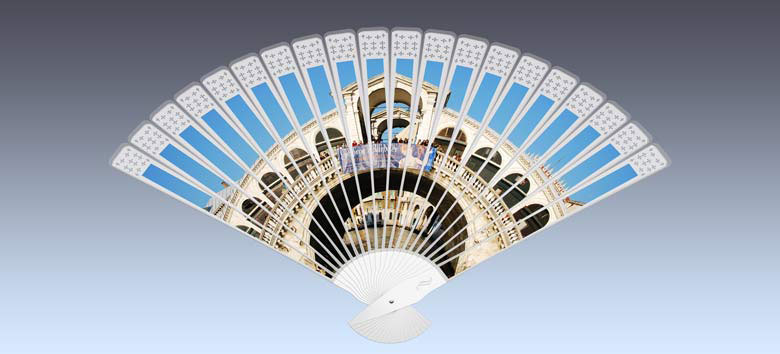The clock and the castle
We actually got up when we planned this morning. We were out of the apartment by just after 9. We stopped for more coffee and a strudel and a piece of walnut and calvados tart at Bakeshop. Then we continued on to Old Town Square where we had a fifteen minute wait until the clock struck 10 and the show began.
After the show, we worked our way down to the Charles Bridge over the Vltava (Moldau) river.
On to the Little Quarter Square, where we rested on a bench and I got us 24 hour tram tickets. Then we got on the tram and rode to the top of the castle hill and began to work our way down into the castle.
The St. Vitus Cathedral is an odd mixture of Gothic from the 14th century built on the ruins of the 10th century rotunda of St. Wenceslas (Vaclav I) and the 11th century basilica. The cathedral remained unfinished until the 20th century because of the protestant reformation that started in Bohemia before Martin Luther in Germany. Until the Hapsburgs took over, Czechs were predominantly Protestant. During the Austro-Hungarian Empire’s ruling of what is now the Czech Republic, Catholicism was the state religion especially in Prague. Czech culture and protestant religion lived on in the more rural areas. The neo-Gothic part of the cathedral matches perfectly, until you look at the stained glass some of which is by Mucha and shows his Art Nouveau style


Then on to the Old Royal Palace home of the early kings of Bohemia and later the bureaucrats of the Hapsburgs. In 1618 two Catholic governors and there scribe were confronted by the protestant burghers and defenestrated from the palace window. Unlike the defenestrations of the communist era, no one died, but it did help start the 30 Years War.
St. Georges Basilica predates the St. Vitus Cathedral and is a fine Romanesque Church and contains the tomb of St. Ludmilla, martyred in the 9th century.
Golden Lane is a narrow street of small homes of what used to be palace retainers. Franz Kafka lived for a time here.
Then down a long set of stairs back to the bottom of the hill. We caught a tram (going the wrong direction) turned around and eventually crossed the Vltava again and got off a few blocks from the apartment. Again starving, we stumbled onto the butcher shop where we had the meatloaf and steak tartare two days ago. So we bought some meat loaf to go with the duck liver pate, hogshead cheese, olives, cheese and bread we had picked up at a local shop the other day. With another Kozel beer, it made a fine dinner. Now laundry and blog and tomorrow we’ll visit the Jewish Quarter.














Super photos especially of the stained glass
Alan is taking almost all the phots because my shoulder just won’t hold the camera!